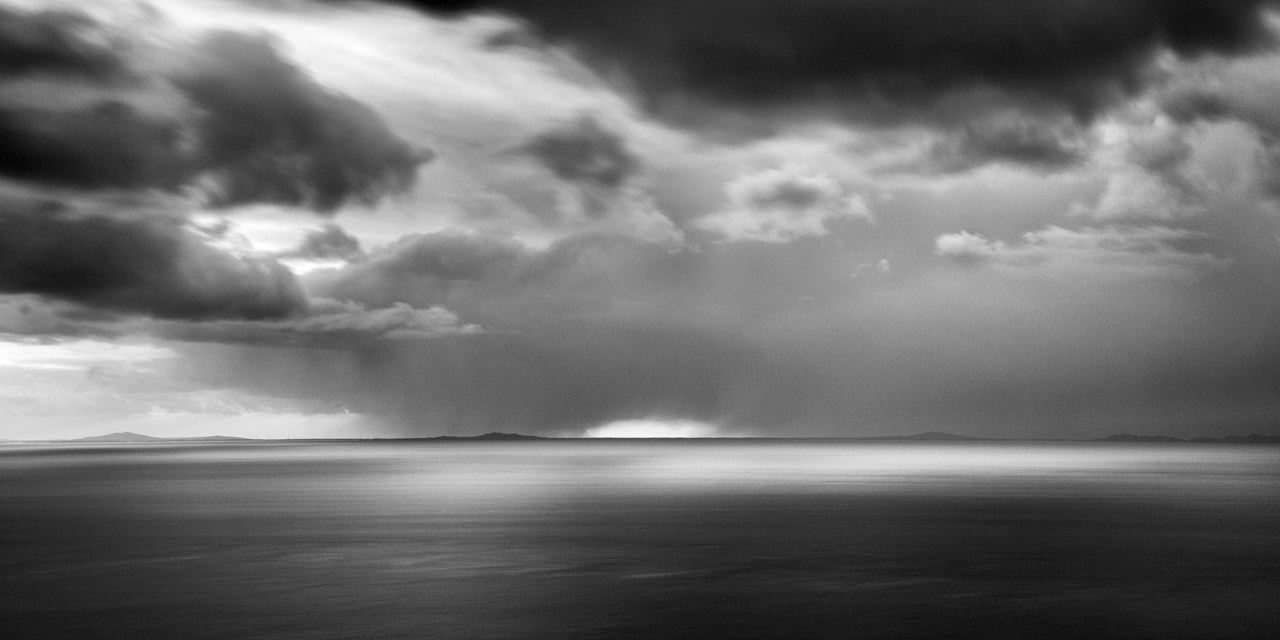The Difference Between a Photographic Story, a Narrative and a Narration

The Photographic Story, the Narrative and the Narration Are 3 Different Elements
Story, narrative and narration are closely related concepts, but they have slightly different meanings in the context of literature, communication and storytelling. Here are the main differences between these three terms.
Story.The story is the plot or sequence of events that unfold in a literary work, film, play, etc., and is the basis of the narrative.
It represents the series of events or actions that form the narrative framework. The story can be linear or complex, with sub-plots, twists and turns, etc.
The story usually answers the question "What's going on?" or "What are the main events?"
Narrative.Narrative encompasses the entire narrative work, including the story itself, as well as the way it is told, structured and formatted.
The narrative includes characters, setting, narrative style, themes, symbols, etc., all of which contribute to the overall understanding of the work.
It answers questions such as "How is the story told?" or "What elements shape the reading or viewing experience?"
Narration.
Narration refers to the process of telling or describing a story to an audience. It is the means by which the story is conveyed.
Narration can be first-person (where a character tells the story from his or her point of view), third-person (where an outside narrator tells the story), or even through different narrative points of view.
Narration encompasses narrative choices such as perspective, style, voice, rhythm, etc., which influence how the reader or viewer perceives and understands the story.
In short, story is what happens in a work, narrative encompasses both the story and the way it is told, while narration focuses on the process of telling the story. These three elements are essential for creating a coherent and captivating narrative experience in literature, film, theater and other forms of narrative media.
Create Interesting, Meaningful and Attention-grabbing Photos
If, like me, you are reading this article on the photographic approach blog, it's because you're always looking for the best way to create interesting photos that make sense and hold the viewer's attention.
There are several ways to achieve this. You can create aesthetically pleasing photos. You can express your emotions, evoke feelings, convey messages.
You can also choose to tell a story.
But you're going to ask me what to do with nature photos.
You're right about that. It's not the easiest. If you're photographing people or everyday scenes of human activity, telling a story is easy, because the viewer will be able to put themselves in the place of the people photographed and become part of the scene.
Certainly, telling a story by photographing landscapes, animals or fish isn't as obvious. In fact, it's just as easy, as long as you know exactly what you want to do.
Telling a story with a photo or photos is certainly the strongest way to make your photos have an impact.
That's what I'll try to explain in the rest of this article.
Think About Creating Photos for Others
If you want to create photos that interest other people, in other words viewers, you have to think about them when you photograph.
I'm sure you'll tell me that photography is a means of expression. You express your emotions, show your feelings and convey messages. I couldn't agree more. But this essential principle doesn't exclude the fact that you need to be interested in other people and talk to them.
You need to understand what they want from your photos, what they're going to do with them, how they're going to perceive them. You're certainly going to express yourself, but by understanding what others expect of you, you're going to make yourself understood. Photography is a means of expression, a language that enables the sender, the photographer, to express himself and the receiver, the viewer, to understand.
You can create all the photos you want, but if you don't interest others, you'll end up getting bored and breaking the virtuous circle of artistic creativity (I've already mentioned this principle in a previous article).
You must also bear in mind that each person is only interested in himself. The most important thing to them is themselves. This fundamental principle applies just as much to me as it does to you. Everyone is interested in themselves to a different degree from others, but it's a fact common to all human beings.
These are just a few of the reasons why you need to think of others when creating your photos. That's why telling a story is an excellent way to create your photos and interest viewers.
You get great satisfaction out of it, and you make other people happy by helping them.
How Do You Tell a Story in Photography?
Telling is the written, oral or visual recounting of events and adventures, real or imaginary.
As you can see, photography is a visual art and a perfect medium for telling stories.
Photography lets you express emotions, messages and feelings.
Photography is a genuine means of communication.
Telling a story photographically means speaking without sound. It's saying words in a suggestive way.
It is for this essential reason that if you want to create photos that have meaning and impact with viewers, you have to tell them stories.
They'll be drawn to your photos. They'll analyze them easily. And above all, they'll remember what you wanted to convey.
By telling stories with your photos, you'll capture and hold attention.
Storytelling in photography means using a visual medium without using your mouth to express yourself.
Telling stories with photos means saying visual words.
Viewers won't know the difference from written or spoken words.
But just like speaking or writing with words, you need to master a certain technique.
I invite you to continue your journey into the fabulous world of photographic stories.


Add comment